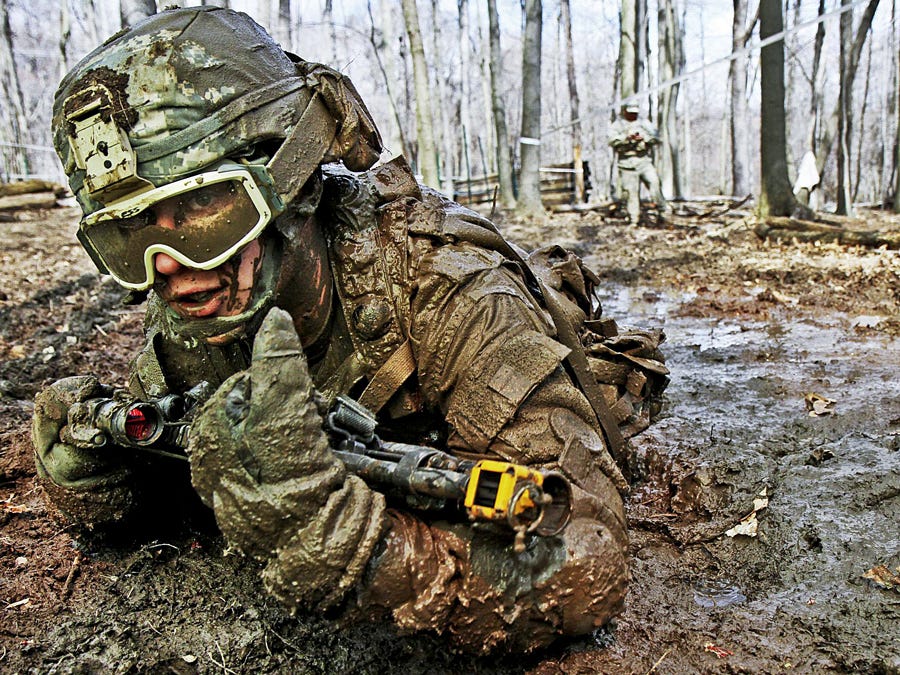Do you know where/what malfunction junction is? I know you were with APL for a long time, so you may not have made it there. It can be tricky, but a decent mate should be able to handle it. My first job (...and favorite) was a ship that did feeder work. Once every few months we'd have voyage instructions to shuttle as many empty boxes as possible, as quickly as possible between two ports three hours apart. 8 hours to load, 5 hours last line to first line, and about 6 hours to discharge... Taking arrival three times in 24 hours wasn't impossible. Do you think the old man was always on the bridge?
I did a LOT of cadet time with APL, and have been sailing with AMO since I graduated. I think one of the interesting differences about having permanent third and second mates is that they get more familiar and comfortable with a ship, and the captains get more familiar with them. As a result good third mates get tasked with more maneuvering, and the bad ones get canned. You can't just say "ehh, his 120 will be up and he'll be gone." If the old man can't sleep with someone on the bridge, they usually just get run off, because they won't disappear at the end of the 120. I'm not arguing one dispatching system is superior to another... they're just different and they each have their own strengths.


